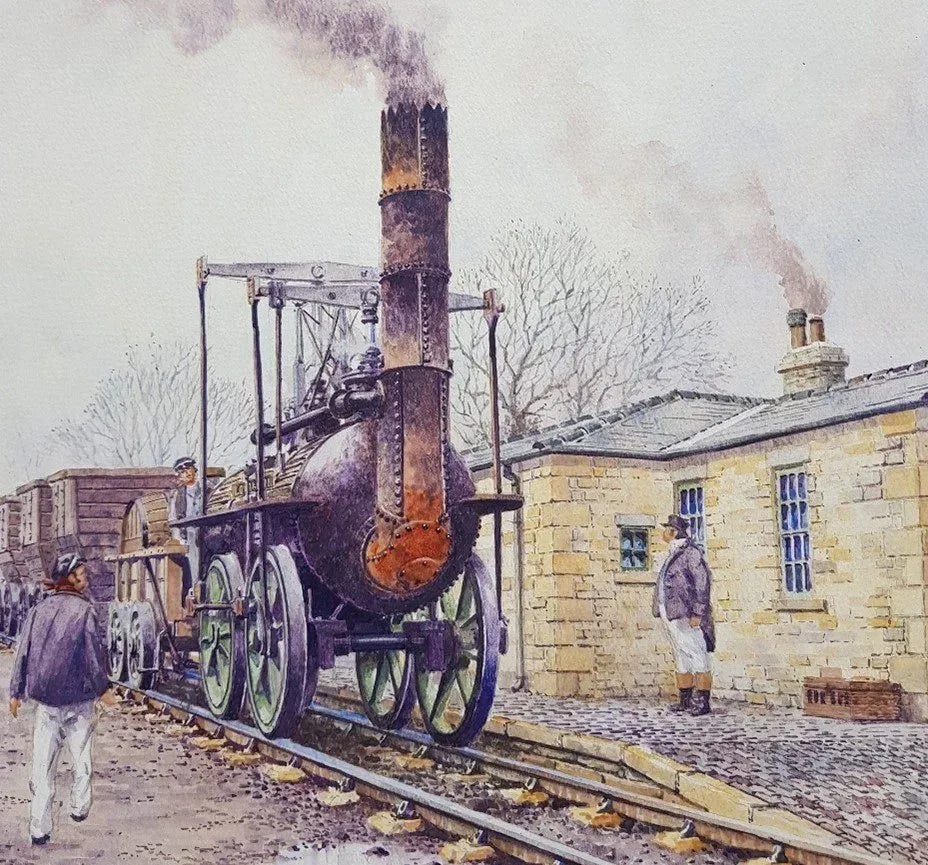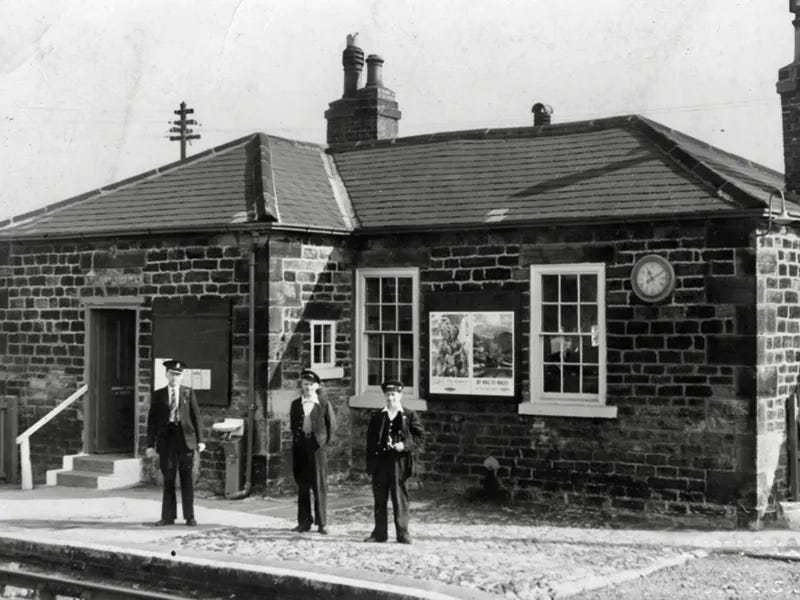Our magazine Icteric, which was first published in Newcastle in 1966, marked the beginning of a profound falling out with the rest of my family, particularly my elder brothers who taught in Newcastle University. We had become an acute embarrassment to them. Years later, in 2003, learning one of them was dying of cancer; I did the humane thing and wrote to him. He mentioned he had taken to listening to Satie. What pieces by Satie I never did find out but I rather suspect they were those captivating, easy listening, bits of Satie, which now accompany TV ads. After my brother died I wrote to one of his sons, a ‘top’ PFI architect working for Newcastle city council, saying how I regretted I was never able to discuss Satie with my brother before he died. In even tempered prose I referred to the three dimensionality of Satie’s music and that Paul Morley had written a bad, mealy mouthed book, Music in the Shape of a City, based on that insight. I never received a reply, and once more I was made to feel like crap as I have been made to feel countless times before. To be an enfant terrible at 20 is to be 20, to be one at 60 plus is beyond reckoning; it is so ludicrous, and only goes to show how much catching up there is to do if humanity is to be saved from self-holocaust.
In a way this is hardly surprising. It’s been said that in today’s world everything is acceptable. The truth is if you possess a critique that is really subversive you are going to be silenced like never before, whatever your age; making the previous travails of dissident thinkers and anti artists over the last 200 years small beer indeed. Unfortunately we are still an avant garde. but the most discriminated in history precisely because, having no product to display, you are no more than malicious idiots inseparable from any fuckhead response.
During 2002, I attended meetings of the Bradford Astronomical Society, finding the atmosphere congenial and healing. One evening stands out. An amateur astronomer had been booked to give a talk on neutron stars, super dense stars some of which spin rapidly, sending out regular pulses of radio waves. It was billed as “the living dead” and I loved the astronomer’s slides of gothic letters dripping blood like out of a hammer horror film, even going so far, big kid that he was, to shine a torch under his chin in the dark and wail like a ghost. It was far more entertaining than a TV show could ever have been, capturing, I believe, something of the feel that working class natural history and science societies once had, before the age of television.
Astronomical facts were interspersed with tirades against Mrs. Thatcher and the Daily Telegraph. At one point we were asked to listen to a recording of a neutron star. The repetitive thump amid the sound scatter reminded all of something else and he only had to say: “I’m sure you will agree it’s better than garage” for us all to smile. Personally I could have listened to that sound all night; it was so hypnotic and haunting. Somehow I doubt if the astronomer would be all that hostile to the views I have expressed above; rather less so than a university lecturer I suspect. And I don’t doubt I would have a far harder job convincing David Toop, the sound musicians, installation artistes and the other living dead Toop mentions.
Of course Edgard Varese has been here before me. His mistake was to attempt to make an art out of the ‘science’ of sound and to orchestrate natural sound. But it is the sincerity of his visionary idea that communicates which, had it been integral to a critique of capitalism, would have been a lot more convincing. For then he could well have plugged his ears against everyday sounds and, longing for a silence completely different to that of Cage, said something like “all well and good in principal, but I cannot listen to this destructive racket any more.” Even Charlie Parker sought him out in his last years, believing if only he could become absorbed in a mechanical avalanche of sound, he would be released from his alcoholism, suicidal tendencies and the conservatism of jazz, which he felt was waiting in the wings. He wasn’t to be proved wrong.
As a youth Varese had been fascinated by Helmholtz’s groundbreaking experiments in physiological acoustics, including the vibrations of very deep tones, the structure of the ear, the effect of sirens and so on. In The Sensations of Tone, published in 1862, Helmholtz had begun by distinguishing noises from musical tones: the noise of a rattling carriage was ambient noise and irregular whereas music “strikes the ear as perfectly undisturbed, uniform sound which remains unaltered as long as it exists.” Varese did not agree and what a pity he and Helmholtz were unable to put their heads together in the company of Marx and Bakunin! What a fruitful cacophony that could have been! Fanciful – perhaps – but something like this did happen in the late 1960s which has to be regarded as the all too brief highpoint of humanity in which the most far-fetched, and enlightening, possibilities were within our grasp. Life would never be the same again; neither for us or the system we were opposed to.
But of all the out-on-a-limb experiments there was none more so than the Italian Futurist, Luigi Russolo’s sound machine. As Toop says, his machine slipped into the “terminal obscurity of being too avant garde for the avant garde”. But we knew about it in Newcastle, and I can only think it must have been mentioned as a very forgettable curiosity in some orthodox history of modern art. But since then Russolo’s rehabilitation has been complete, though Varese found Russolo’s noise instruments produced “material for the most part of terrifying intractability.”
I think the key to Varese’s hostility lay in the fact that Russolo was a painter who, as a complete novice, dared to redefine music as sound. Varese, on the contrary, never could get over being a ‘musician’ first and foremost. Essentially the conflict between the two was a trade dispute, with Varese the skilled journeyman on the one side, and Russolo, a very inferior apprentice, on the other. Varese was disturbed by Russolo’s sound machine because it threatened his trade. But the noise that both Varese and Russolo chose to ignore was also the sound of capitalism reaching a frenzy of destruction. We can only shudder at the Italian Futurist Marinetti’s hygiene of war and express alarm at Russolo behaving like a Helmholtz in the midst of the carnage of the First World War as he analysed and classified the whistles of varying shell calibres, the un-harmonic Doppler effect of falling pitch as the shells flew through the air and then exploded. But why stop there? Why did he not go on to analyse the screams of the wounded and the dying (though establishing a meaningful relationship, like that between calibre of shell and sound, would have been near on impossible) and incorporate the war machine into his noise machine?
Were we interested in recording mechanical sounds way back then in Newcastle? I think by this time machine sounds were becoming very jaded and it was natural sound we wanted to capture in the mid 1960s through omni-directional mics. Though we weren’t conscious of it at the time, hidden in our embrace of nature was a rejection of consumer society. The sound a neutron star makes would certainly have fascinated us and we liked the idea of giant instruments left abandoned in the forests that we heard about on a radio programme: The Voice of the Gods.
We thrilled to the sound of “bull roarers” which members of a North African tribe whirled around their heads; proof that pure sound could be just as emotive and popular as more conventional musical sounds. I have long wanted to hear this programme again. I did record the sound of my front bicycle wheel made as I struck the spokes with an object whilst it was spinning. To me it was an immensely satisfying, evocative sound, taking me back to my childhood when I would do the same with my elder brother’s bike in the backyard. I imagined the sound carrying across the fields and connecting with the surrounding countryside. I even visited the place I was brought up in, running off a roll of film. This was at Heighington Station in Co Durham, famous as the spot in 1825, George Stephenson’s engine Locomotion No.1 was lifted from a horse drawn cart, that had come all the way from Newcastle, and placed on the world’s first level crossing belonging to the Stockton and Darlington Railway.
The photos I took that day are now the only photos of an extraordinarily rich wild life site, which included a colony of Dark Green Fritillary butterflies [see Dialectical Butterflies: Ecocide, Extinction Rebellion, Greenwash and Rewilding the Commons - an Illustrated Dérive - WiseEbooks Book 2]. When my elder brothers and their ridiculous wives heard I had revisited the landscape of my childhood one of them had said “good grief, he is going back to his childhood.” In a sense this was true, and the desire we had to recover the feelings we had as children was a very laudable one. But this was meant to create maximum hurt, for by this time we could do nothing right and were fit only for the gallows. It still makes me boil with anger when I think about it, and from that day to this, their insults have rarely let up.
We were vaguely aware of such things as the French sound engineer, Pierre Schaeffes’ recordings of steam engines (Etudes aux Chemins de Fer with an obvious echo of Debussy), spinning saucepans and so on. But only later did I learn he had worked with composers. I am now curious to know if he had any connection with the Letterists. It is the sort of thing that would have interested them; hidden in some drawer or other there may well be a scrap of paper on which is written a sublime comment that had already linked the future of sound to an anti-capitalist revolution.
[Extracted from A Newcastle Dunciad 1966-2008: Recollections of a Musical and Artistic Avant Garde Plus Bryan Ferry and the Newcastle Arts Scene (WiseEbooks Book 4)






